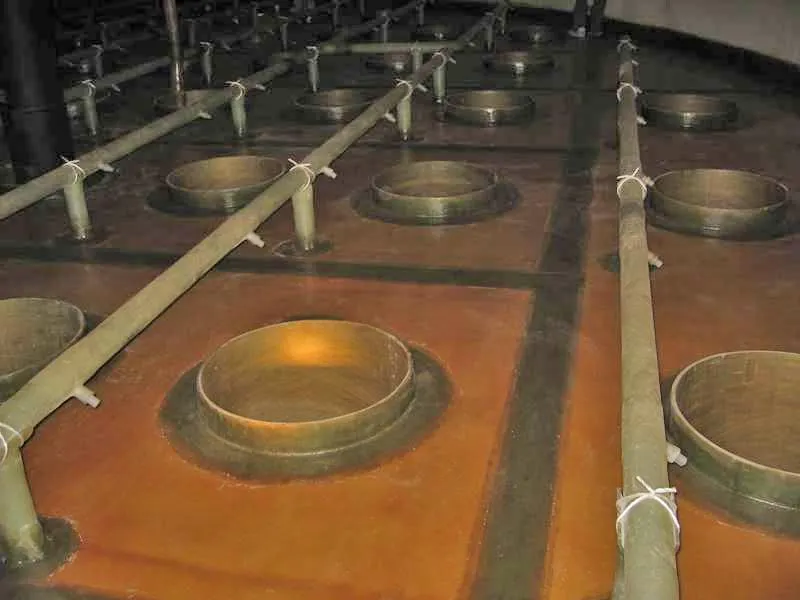
-
 Afrikaans
Afrikaans -
 Albanian
Albanian -
 Amharic
Amharic -
 Arabic
Arabic -
 Armenian
Armenian -
 Azerbaijani
Azerbaijani -
 Basque
Basque -
 Belarusian
Belarusian -
 Bengali
Bengali -
 Bosnian
Bosnian -
 Bulgarian
Bulgarian -
 Catalan
Catalan -
 Cebuano
Cebuano -
 China
China -
 China (Taiwan)
China (Taiwan) -
 Corsican
Corsican -
 Croatian
Croatian -
 Czech
Czech -
 Danish
Danish -
 Dutch
Dutch -
 English
English -
 Esperanto
Esperanto -
 Estonian
Estonian -
 Finnish
Finnish -
 French
French -
 Frisian
Frisian -
 Galician
Galician -
 Georgian
Georgian -
 German
German -
 Greek
Greek -
 Gujarati
Gujarati -
 Haitian Creole
Haitian Creole -
 hausa
hausa -
 hawaiian
hawaiian -
 Hebrew
Hebrew -
 Hindi
Hindi -
 Miao
Miao -
 Hungarian
Hungarian -
 Icelandic
Icelandic -
 igbo
igbo -
 Indonesian
Indonesian -
 irish
irish -
 Italian
Italian -
 Japanese
Japanese -
 Javanese
Javanese -
 Kannada
Kannada -
 kazakh
kazakh -
 Khmer
Khmer -
 Rwandese
Rwandese -
 Korean
Korean -
 Kurdish
Kurdish -
 Kyrgyz
Kyrgyz -
 Lao
Lao -
 Latin
Latin -
 Latvian
Latvian -
 Lithuanian
Lithuanian -
 Luxembourgish
Luxembourgish -
 Macedonian
Macedonian -
 Malgashi
Malgashi -
 Malay
Malay -
 Malayalam
Malayalam -
 Maltese
Maltese -
 Maori
Maori -
 Marathi
Marathi -
 Mongolian
Mongolian -
 Myanmar
Myanmar -
 Nepali
Nepali -
 Norwegian
Norwegian -
 Norwegian
Norwegian -
 Occitan
Occitan -
 Pashto
Pashto -
 Persian
Persian -
 Polish
Polish -
 Portuguese
Portuguese -
 Punjabi
Punjabi -
 Romanian
Romanian -
 Russian
Russian -
 Samoan
Samoan -
 Scottish Gaelic
Scottish Gaelic -
 Serbian
Serbian -
 Sesotho
Sesotho -
 Shona
Shona -
 Sindhi
Sindhi -
 Sinhala
Sinhala -
 Slovak
Slovak -
 Slovenian
Slovenian -
 Somali
Somali -
 Spanish
Spanish -
 Sundanese
Sundanese -
 Swahili
Swahili -
 Swedish
Swedish -
 Tagalog
Tagalog -
 Tajik
Tajik -
 Tamil
Tamil -
 Tatar
Tatar -
 Telugu
Telugu -
 Thai
Thai -
 Turkish
Turkish -
 Turkmen
Turkmen -
 Ukrainian
Ukrainian -
 Urdu
Urdu -
 Uighur
Uighur -
 Uzbek
Uzbek -
 Vietnamese
Vietnamese -
 Welsh
Welsh -
 Bantu
Bantu -
 Yiddish
Yiddish -
 Yoruba
Yoruba -
 Zulu
Zulu
Understanding the Advantages and Characteristics of PDC Anchor Shank Technology
Exploring the Features and Benefits of PDC Anchor Shank
When it comes to drilling operations, particularly in the oil and gas industry, the efficiency and safety of the process heavily depend on the tools used. One such tool that has gained prominence in recent years is the Polycrystalline Diamond Compact (PDC) anchor shank. This advanced drilling component has revolutionized the way drilling is approached, particularly in challenging geological conditions. In this article, we will explore the features and benefits of PDC anchor shanks and why they are becoming a preferred choice for many drilling operations.
1. Composition and Design
PDC anchor shanks are constructed using polycrystalline diamond materials, which are renowned for their hardness and thermal stability. The shank consists of a diamond layer that is sintered at high temperatures and pressures, resulting in a product that can withstand extreme wear and tear during drilling operations. The design typically incorporates a specific geometry to ensure optimal penetration and performance in varied rock formations.
Moreover, the unique structure of PDC anchor shanks allows for an even distribution of stress during drilling, significantly reducing the likelihood of failure. This results in a more reliable and efficient drilling process, which is crucial for maintaining productivity in the field.
2. Enhanced Durability
One of the most significant benefits of using PDC anchor shanks is their exceptional durability
. Traditional steel bits often suffer from rapid wear, particularly in abrasive rock formations. In contrast, PDC shanks exhibit resistance to chipping and wear, which not only extends their lifespan but also reduces the number of replacements needed during a drilling project.This durability translates to lower operational costs and less downtime, which are vital for projects where time and resources are critical. Operators equipped with PDC anchor shanks can expect prolonged intervals between bit changes, allowing for more continuous drilling operations.
3. Higher Rate of Penetration (ROP)
exploring the features and benefits of pdc anchor shank

PDC anchor shanks are designed to deliver higher rates of penetration compared to conventional drilling tools. Their sharp cutting edges and optimized design enable them to dig through tough geological formations more efficiently. The increased ROP reduces the time spent on drilling, leading to lower overall project costs and increased productivity.
Furthermore, the quicker penetration can also have downstream benefits, such as reducing the time required for well completion and facilitating earlier access to potential hydrocarbon reserves.
4. Versatility in Applications
Another advantage of PDC anchor shanks is their versatility. They can be used across a variety of drilling applications, including both vertical and horizontal drilling operations. This adaptability makes them suitable for different types of formations, from soft sediments to hard, abrasive rocks.
In addition, the design of PDC shanks allows for customization, enabling engineers to tailor them for specific drilling conditions. This level of flexibility ensures that operators can optimize their drilling strategies regardless of the challenges presented by the environment.
5. Improved Hole Quality
PDC anchor shanks also contribute to enhanced hole quality during drilling processes. The precision with which they cut through rock minimizes the occurrence of vibrations, leading to smoother boreholes. Better hole quality not only assists in subsequent stages of drilling and completion but also reduces the risk of issues such as stuck pipe incidents.
Conclusion
The adoption of PDC anchor shanks represents a significant advancement in drilling technology. With their superior durability, higher rates of penetration, versatility, and improved hole quality, they offer substantial benefits for drilling operations in a variety of geological settings. As the oil and gas industry continues to evolve, integrating innovative tools such as PDC anchor shanks will be essential for maintaining efficiency, safety, and profitability in drilling projects. Embracing these advancements enables operators to not only meet the demands of today’s market but also prepare for the challenges of tomorrow.









